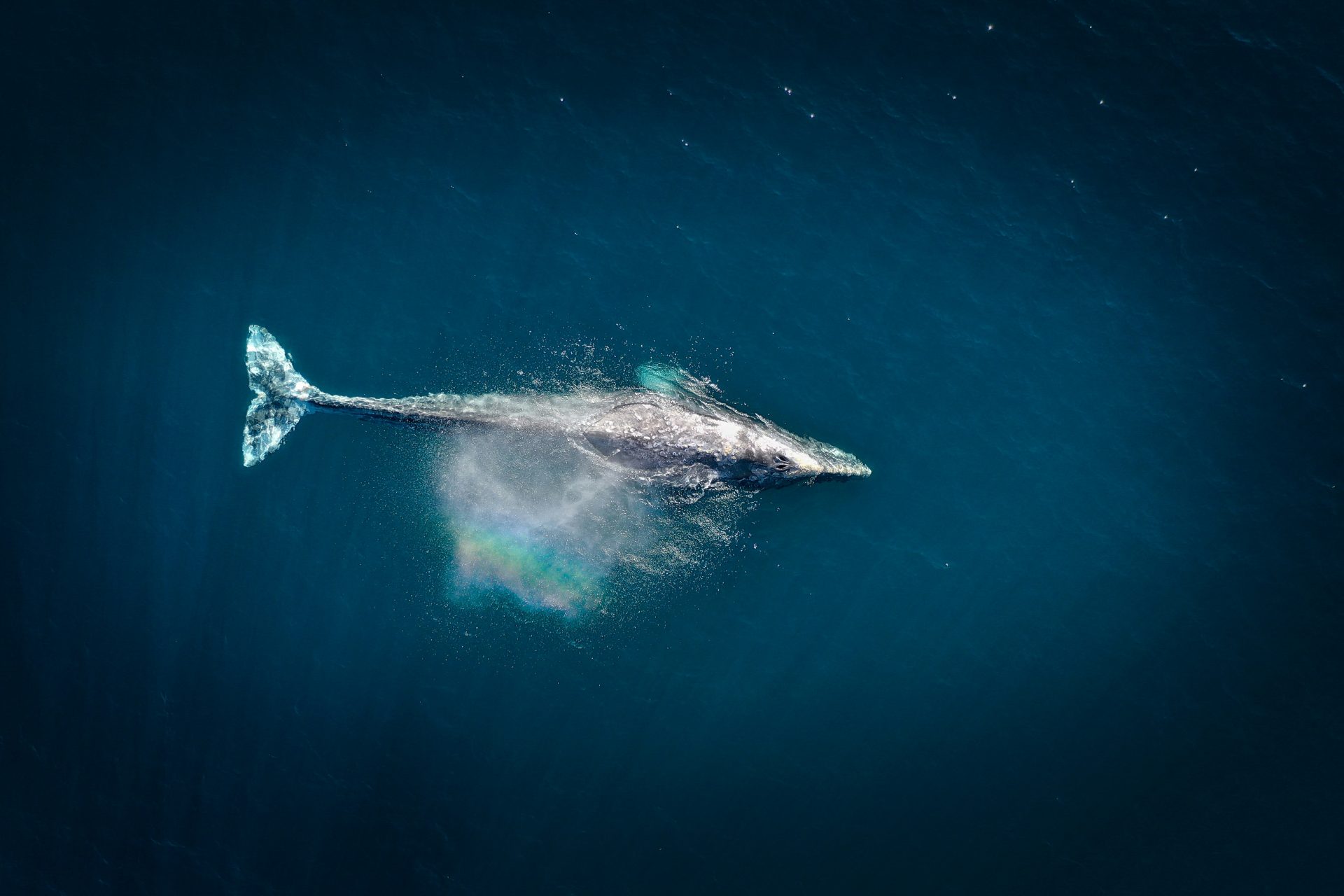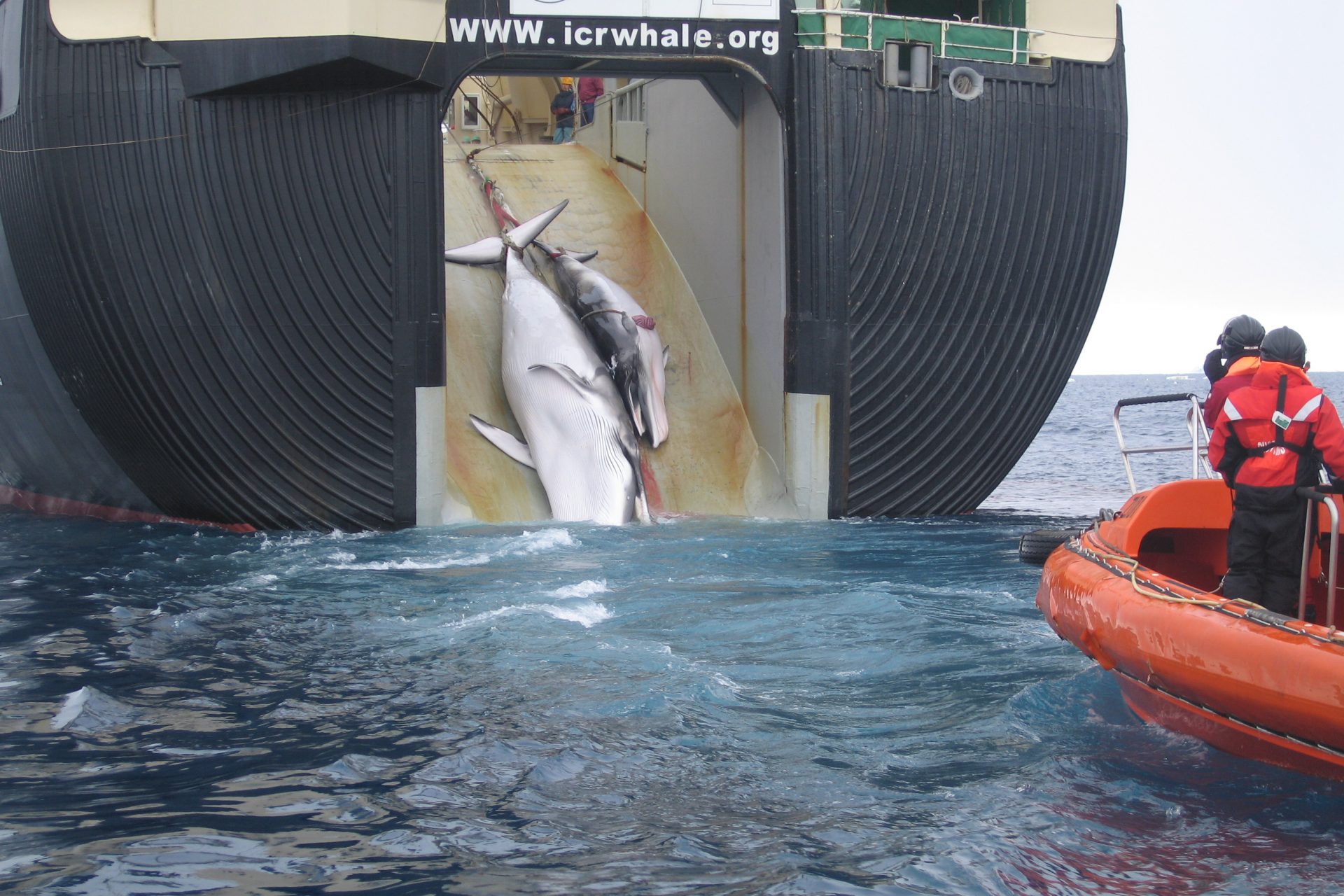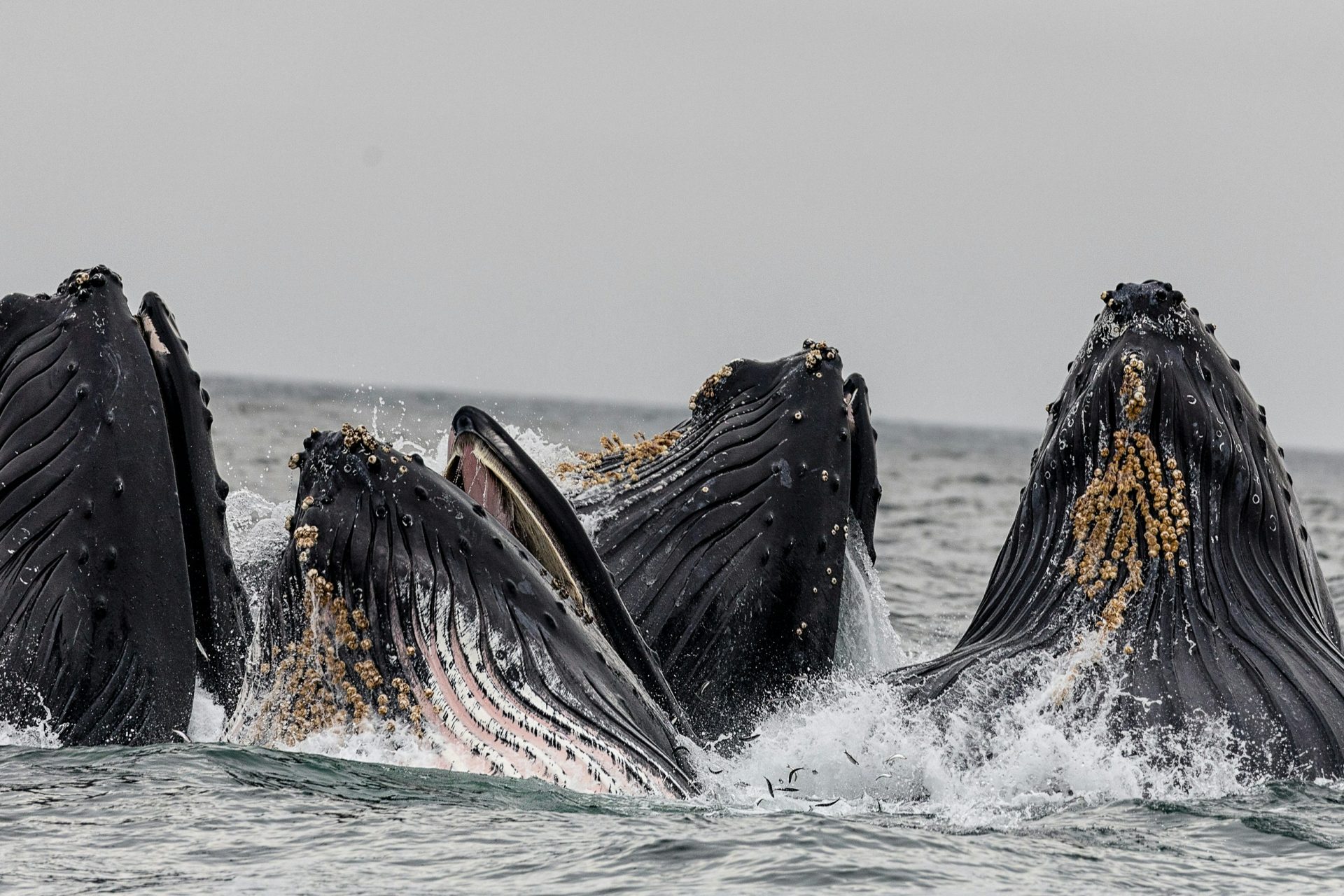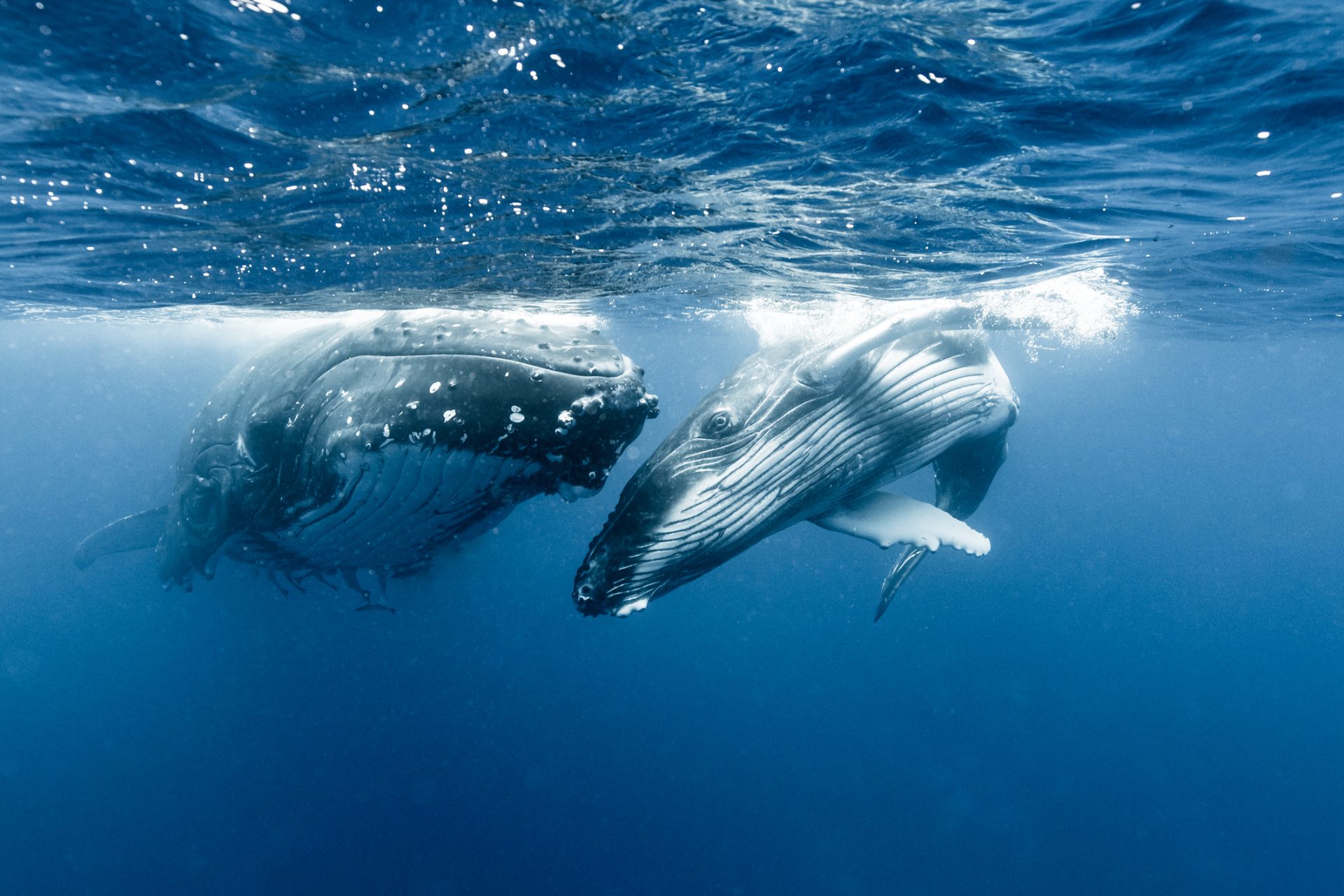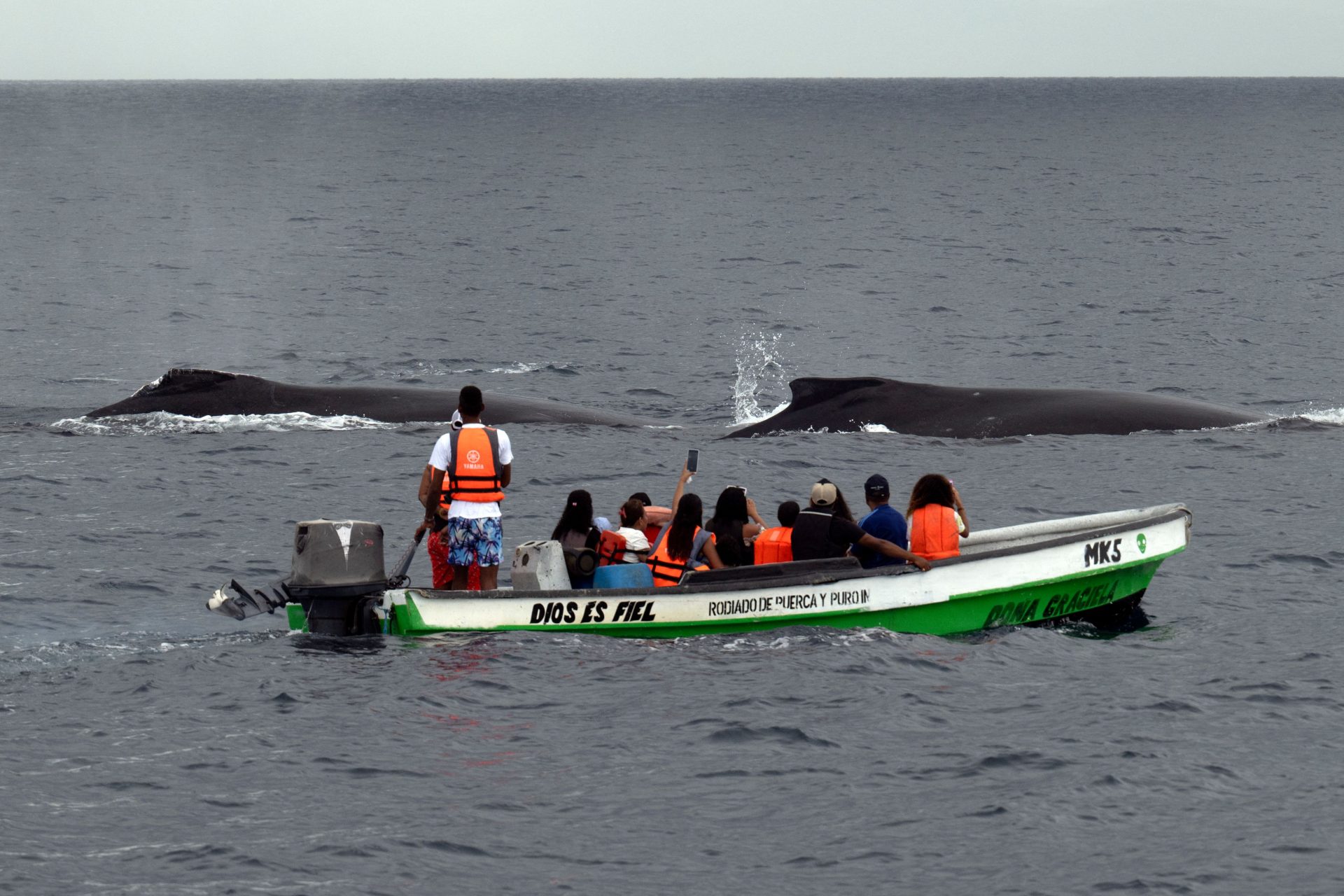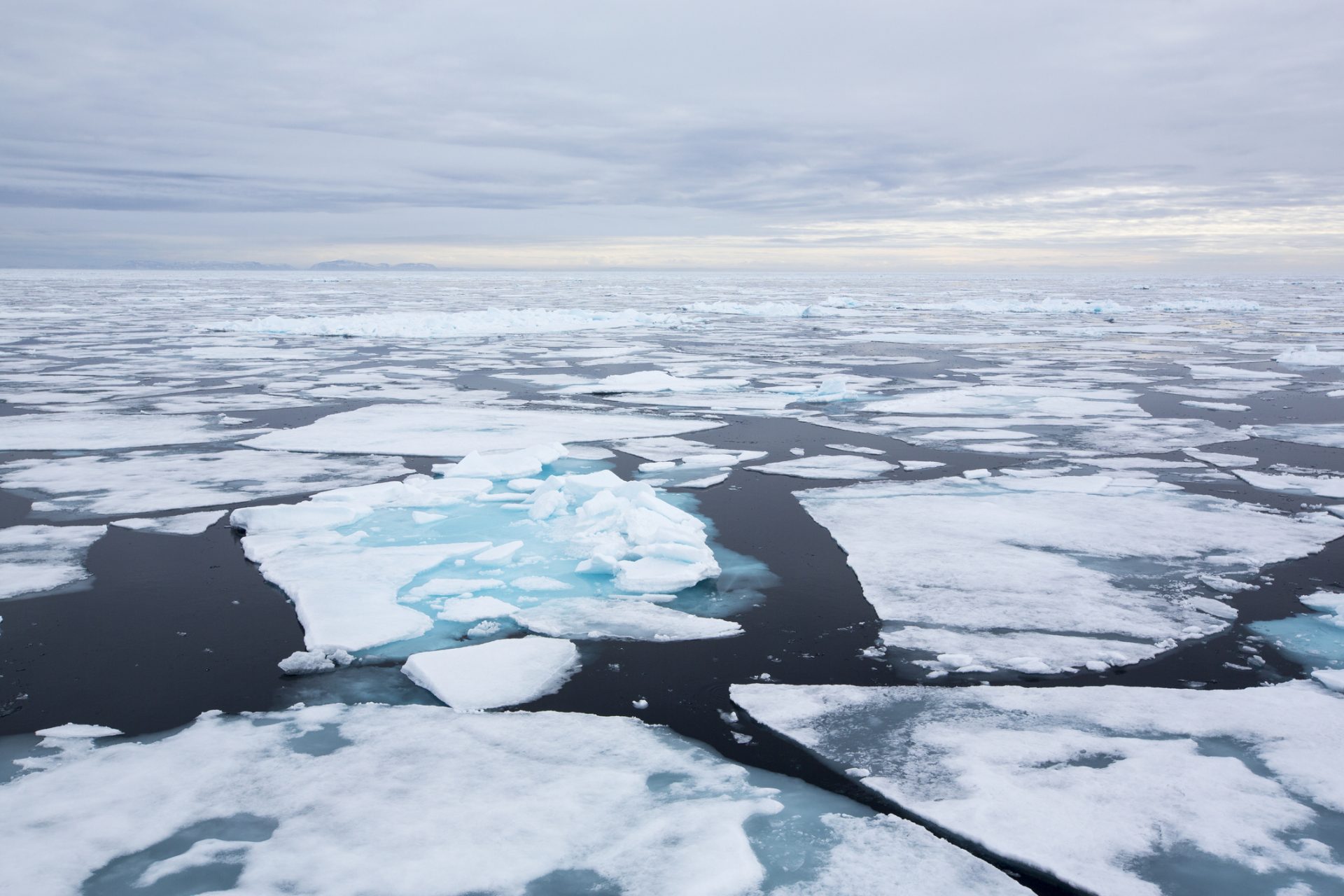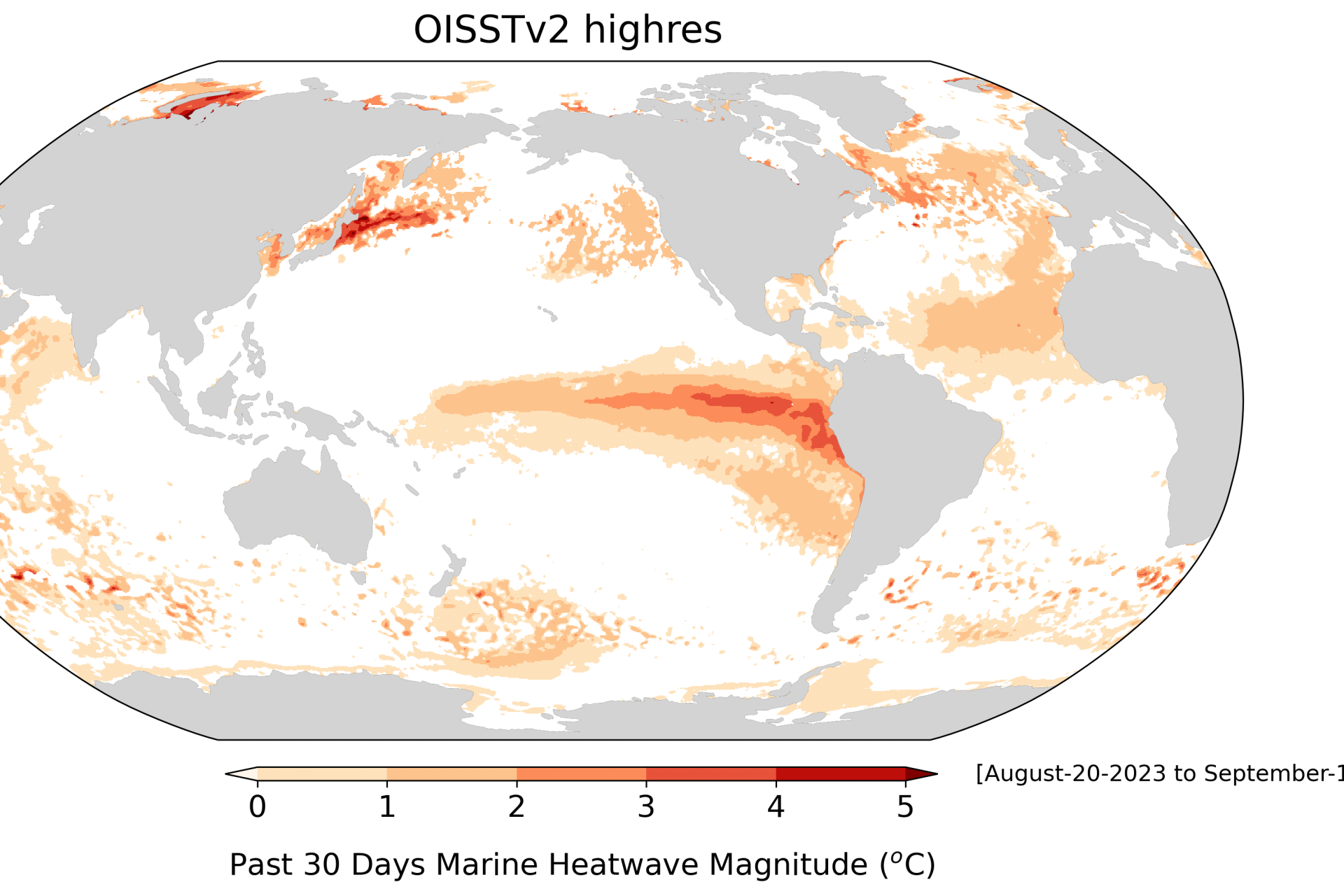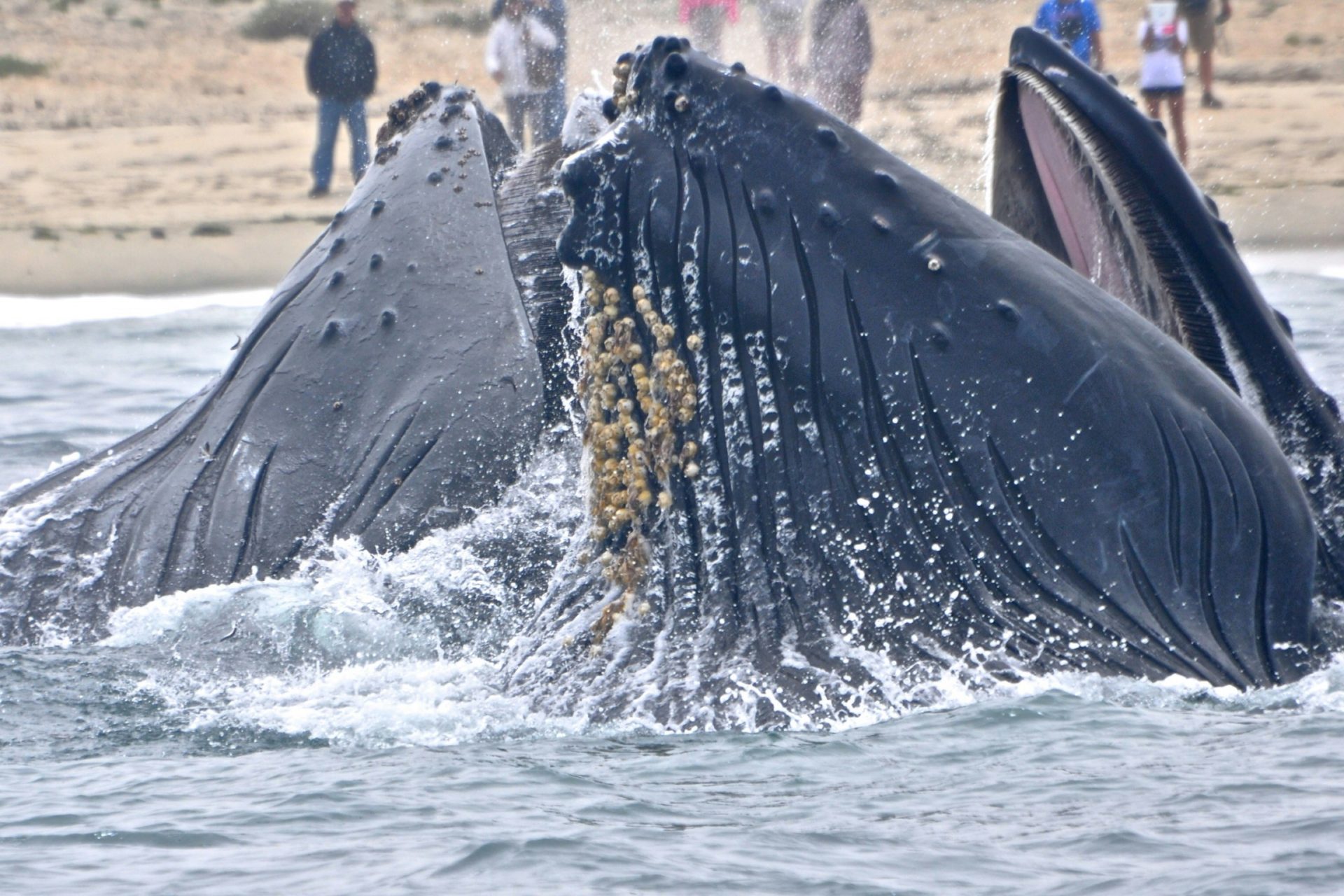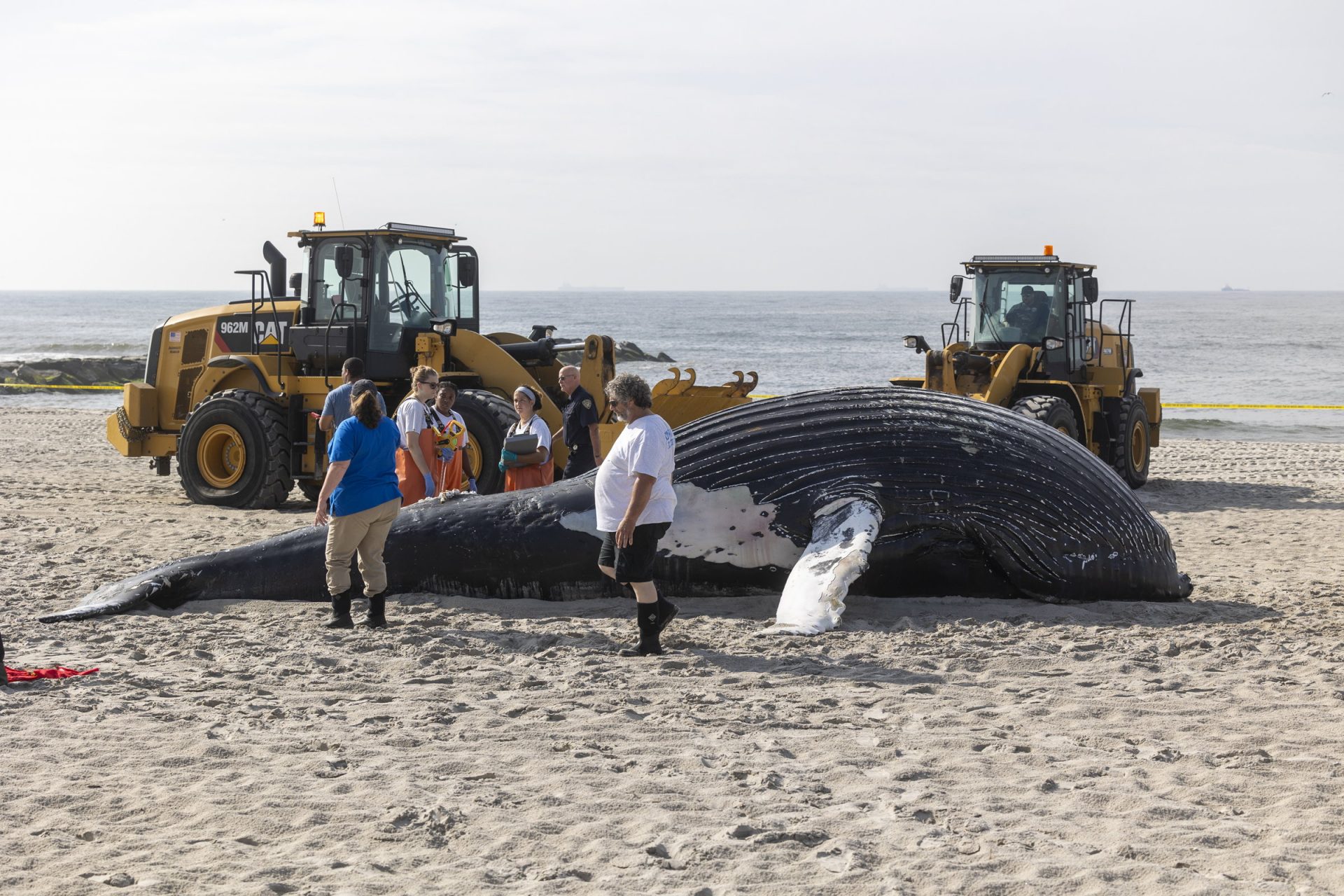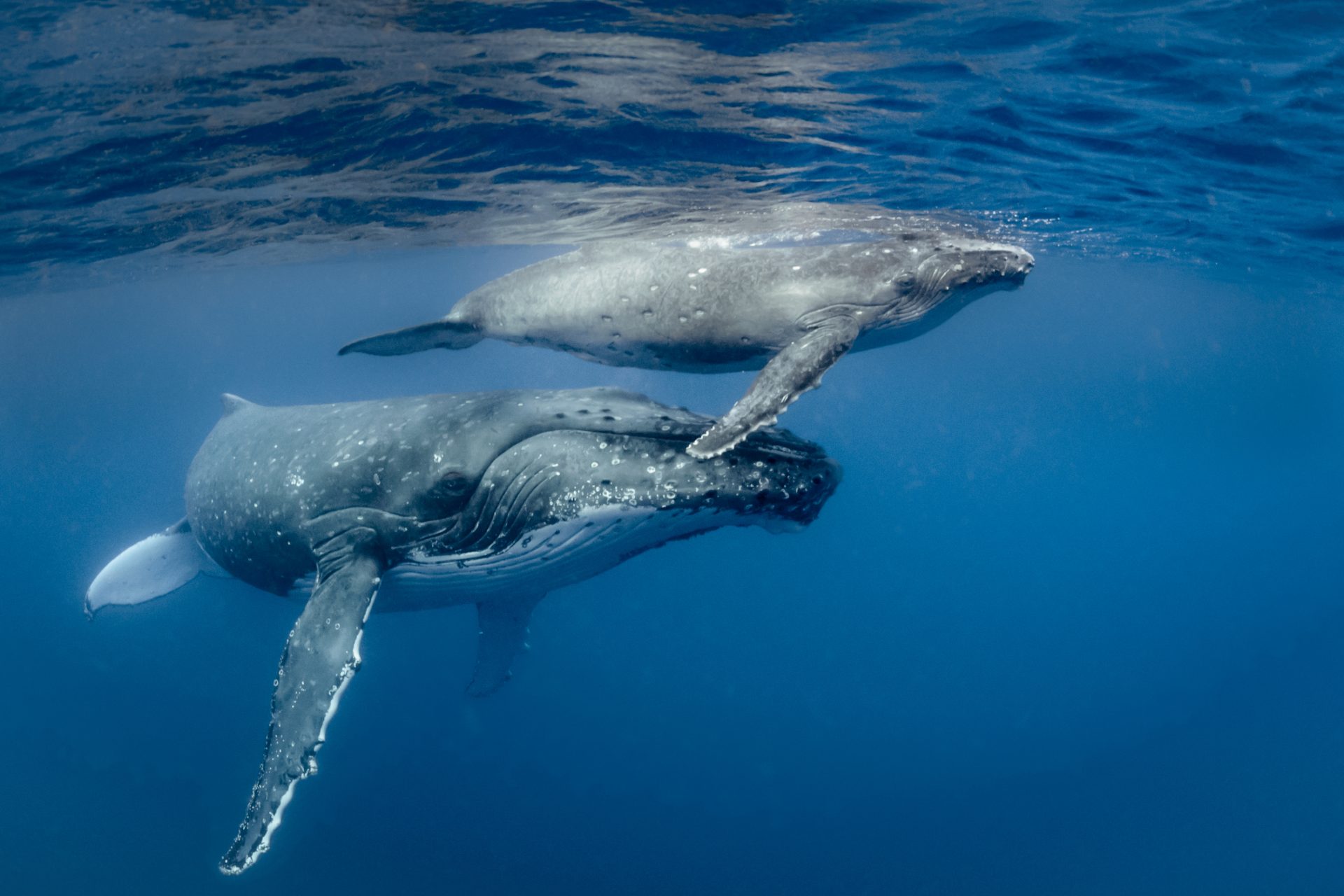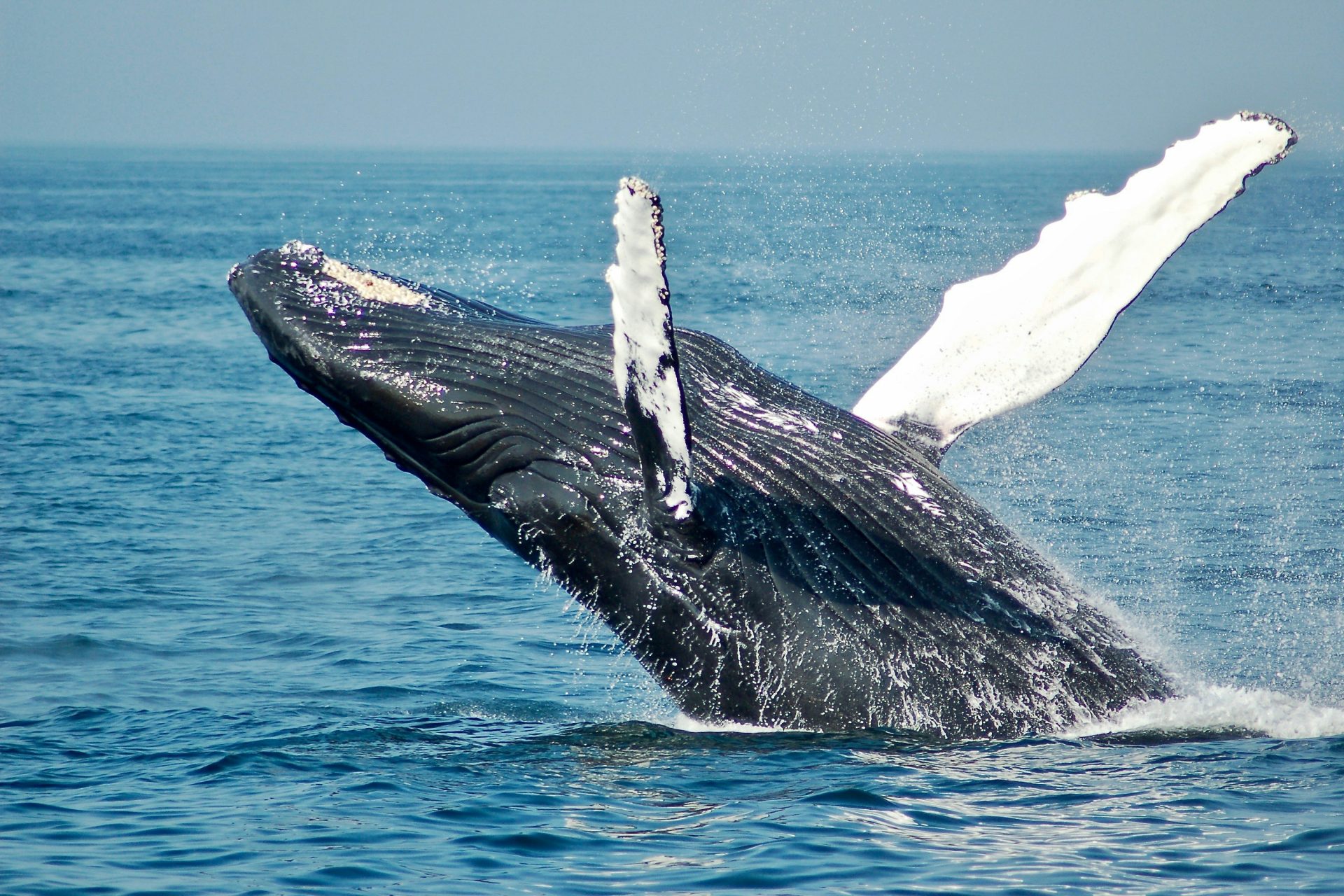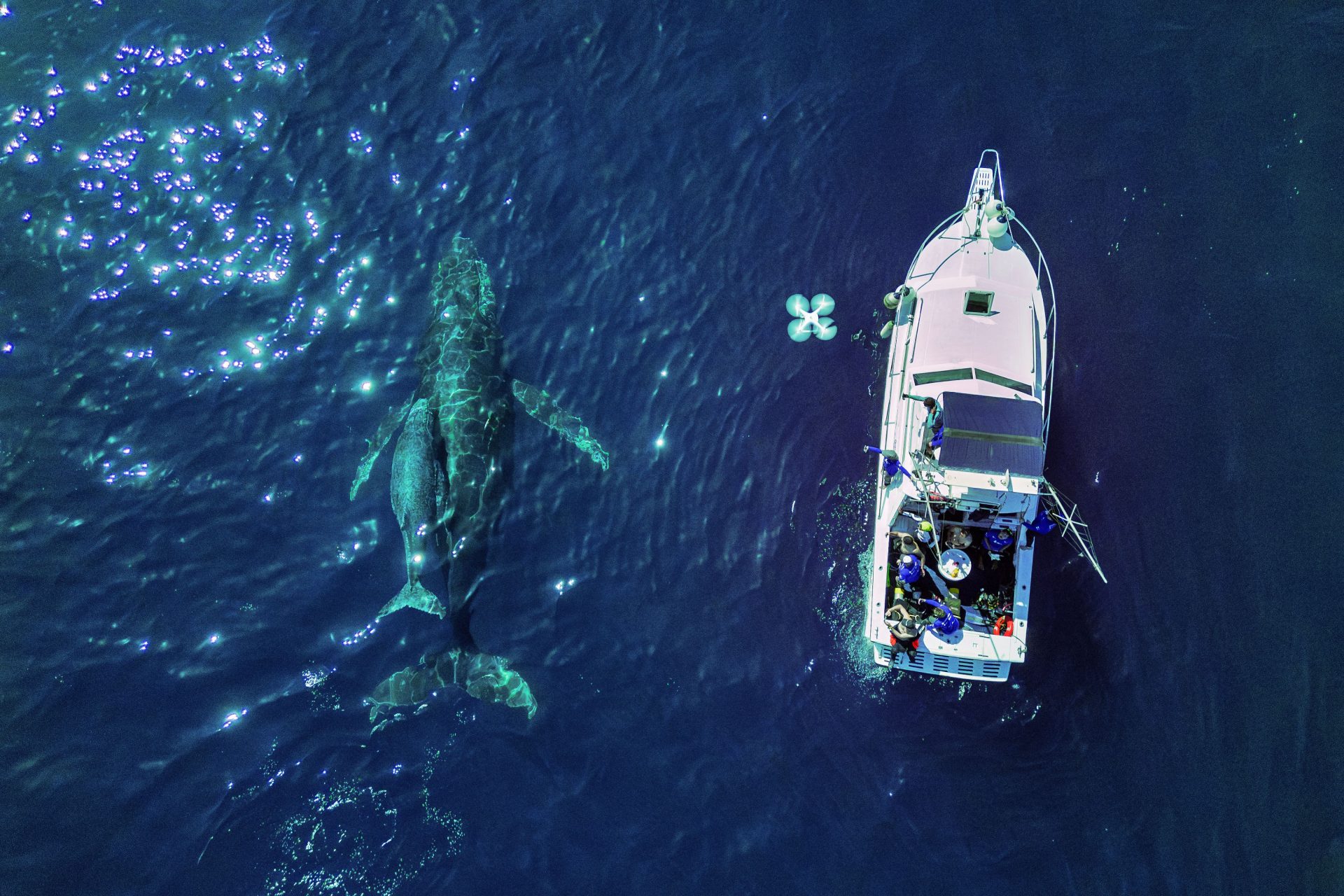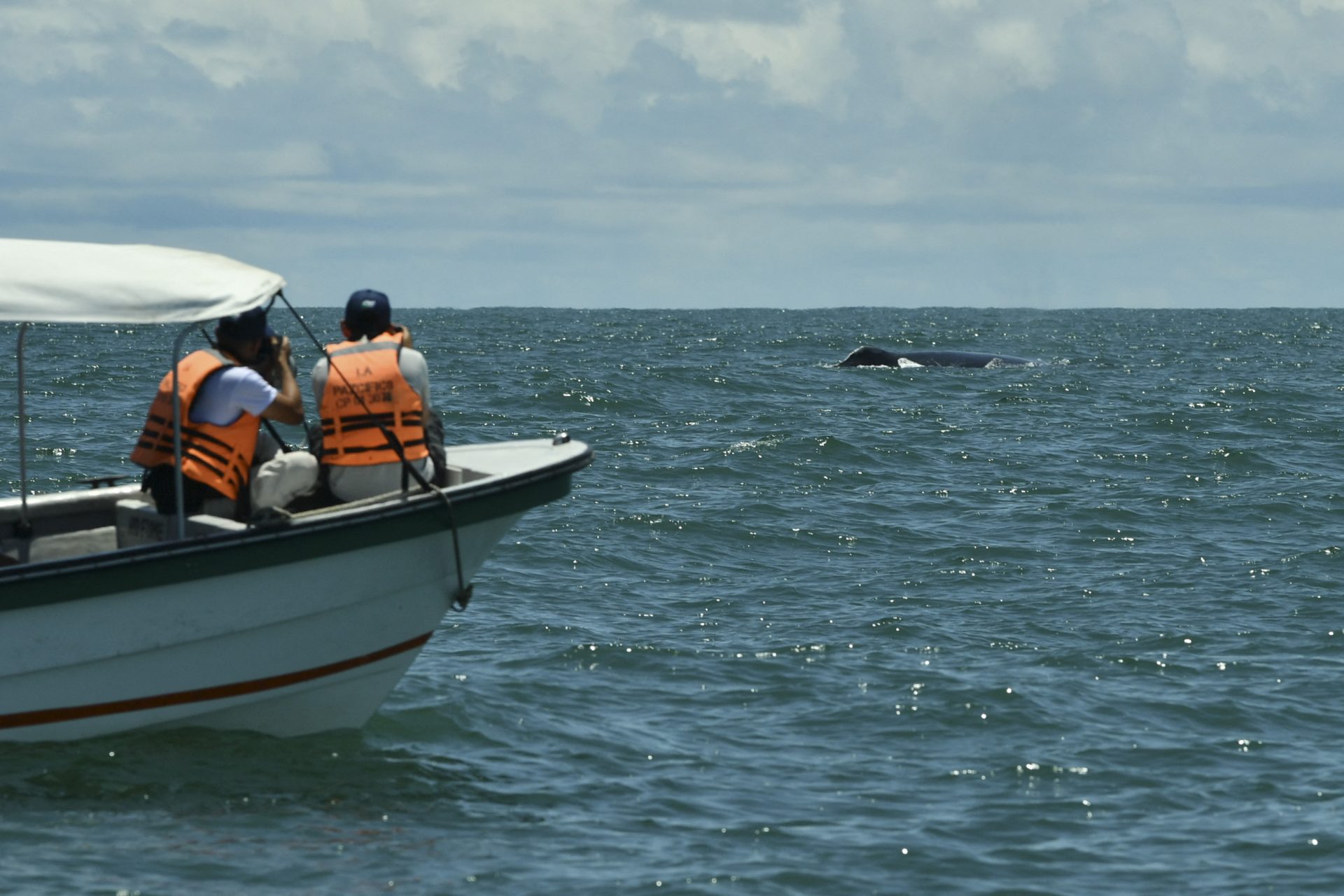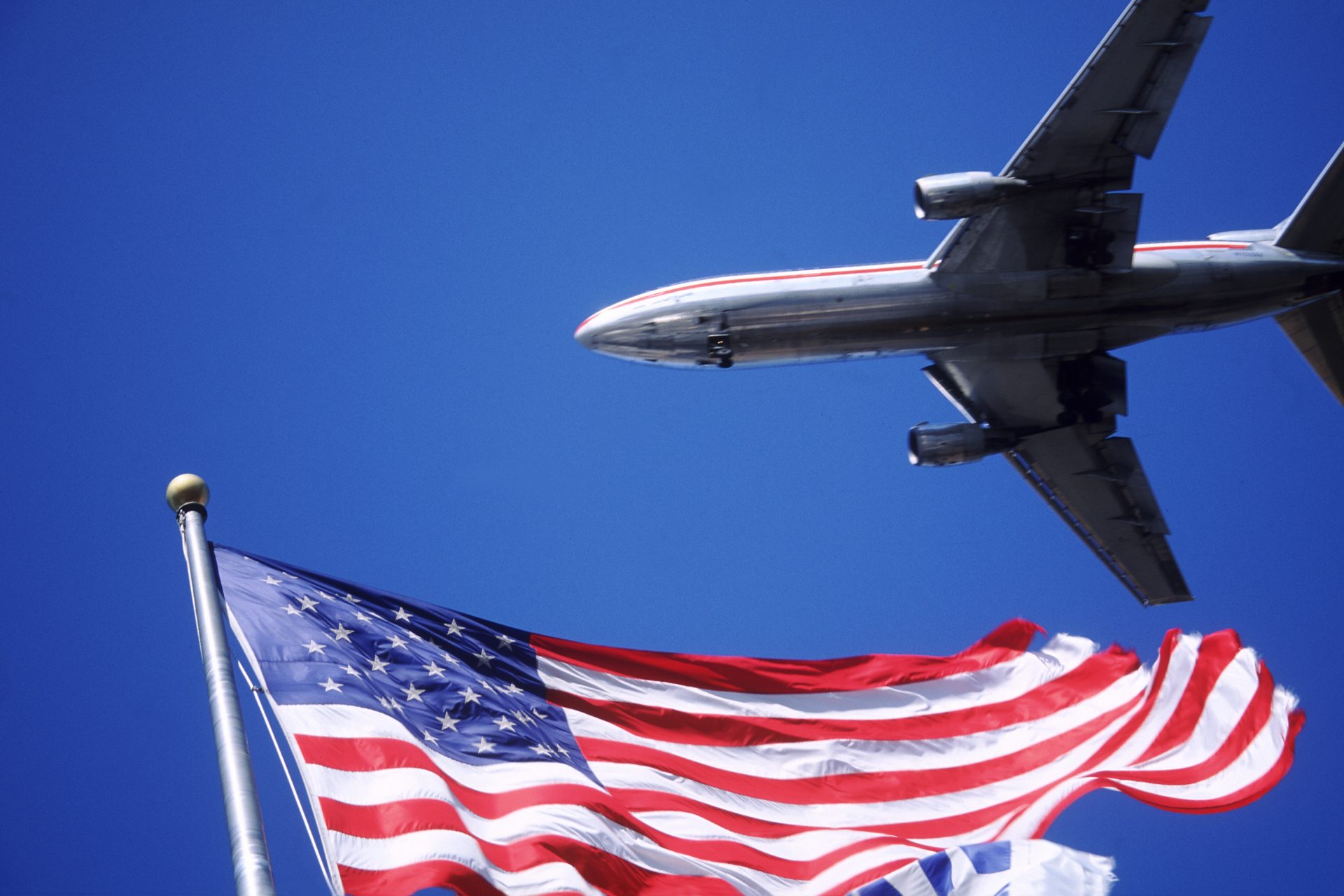New study reveals the cause behind a major humpback whale die-off
The number of humpback whales wandering the world’s oceans has dropped by a large amount over the previous decade and scientists finally know what caused the decline. A new study revealed that a marine heatwave was the culprit.
Published in the journal Royal Science Open Science, the new study detailed the rather dire situation that the humpback whale population of the North Pacific Ocean faces as a result of severe marine heatwaves that started back in 2012.
Photo by Venti Views on Unsplash
The situation is far more complicated than just a population decline. The study’s authors noted in their research that humpback populations were in a period of major recovery after 40 years of commercial fishing. But the recovery phase didn’t last.
Photo Credit By Australian Customs and Border Protection Service, CC BY-SA 3.0
Humpback whales were once reduced to just a few thousand individuals at one point in time according to CBS News, but recovery efforts helped bolster the whale's population numbers and it eventually peaked at well over 30,000 individuals.
Photo by Vivek Kumar on Unsplash
France24 reported that it was assumed humpback whale population numbers would keep recovering until they reached their natural carrying capacity, which is the total number of whales that the ocean could support, before the whales leveled off.
However, there was no leveling off, and instead, humpback populations suffered a major decline in their population of 7,000 individual whales between 2012 and 2021—dropping from 33,500 to 26,500 in nine years. But what caused the decline?
“We expected to see growth level off as the population recovered,” the lead study author Ted Cheeseman said in a news release by NOAA Fisheries. “What we didn’t anticipate was that climate change would lower the capacity of the ocean for humpbacks.”
That’s right. Climate change was the driving force behind declining humpback numbers. However, the climate change excuse doesn’t do justice to the problems that humpbacks are facing. Here’s how climate change has led to the humpback's decline.
A water-warming event known as The Blob according to CBS News played a significant role in hurting humpback population numbers due to the changes it brought about in the ocean. The study’s authors went into more detail on the problem.
Photo Credit: Wiki Commons By NOAA Physical Sciences Laboratory, Public Domain
The 20% decline in humpback whale population numbers was thought to be a result of the whales abruptly reaching their “carrying capacity due to loss of prey resource.” The loss of resources came as a result of The Blob heat wave.
“The strongest marine heatwave recorded globally to date during the 2014–2016 period appeared to have altered the course of species recovery, with enduring effects,” wrote the study’s authors in the abstract of their research paper.
Photo by Robyn Carmel on Unsplash
Heat waves lasted until 2021 and the study’s authors essentially pointed out that whales were competing for less food and it was leading to the reduced presence of mother-calf relationships, a prevalence of skinny whales, and increased strandings.
Fewer calves were seen at breeding grounds and the study pointed out that the effects of the heat wave on humpback whales were most prevalent in Hawaii, where a breeding ground for the whales saw a population decline of one-third ABC News noted.
While the findings of the study are concerning, how the researchers went about looking at declining humpback whale populations was a big step forward for marine biology and used artificial intelligence to help count whale numbers.
Photo by Todd Cravens on Unsplash
"We brought together data for over 30,000 individual humpback whales in over 200,000 encounters, something that would have been effectively impossible without AI-powered automated image recognition," Cheeseman told ABC News.
"It changes the landscape of research, providing a cost-effective tool that gives us some hope of keeping up with the pace of ecosystem change," Cheesman added. ABC News noted counting was previously done manually via ship surveys.
More for you
Top Stories




